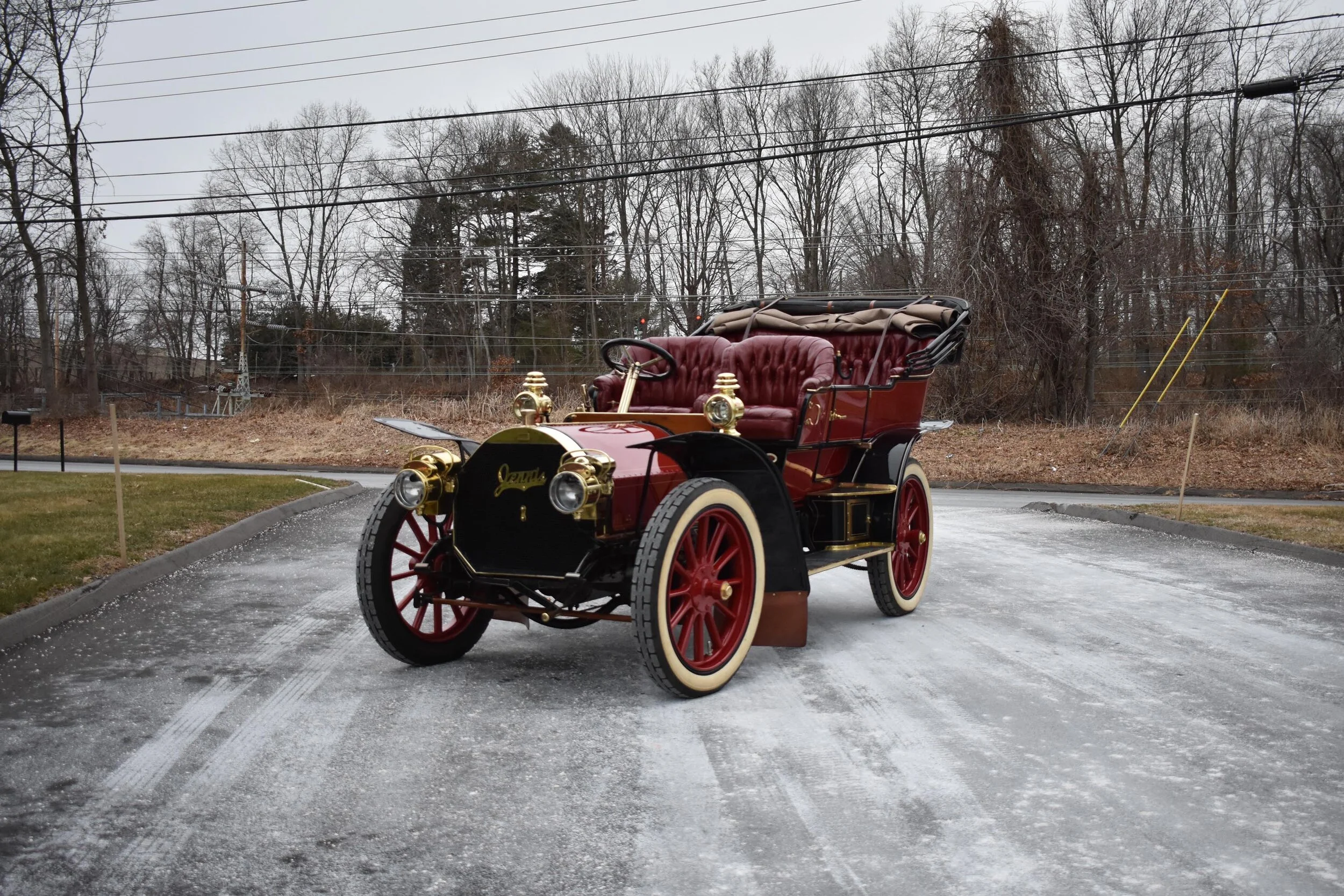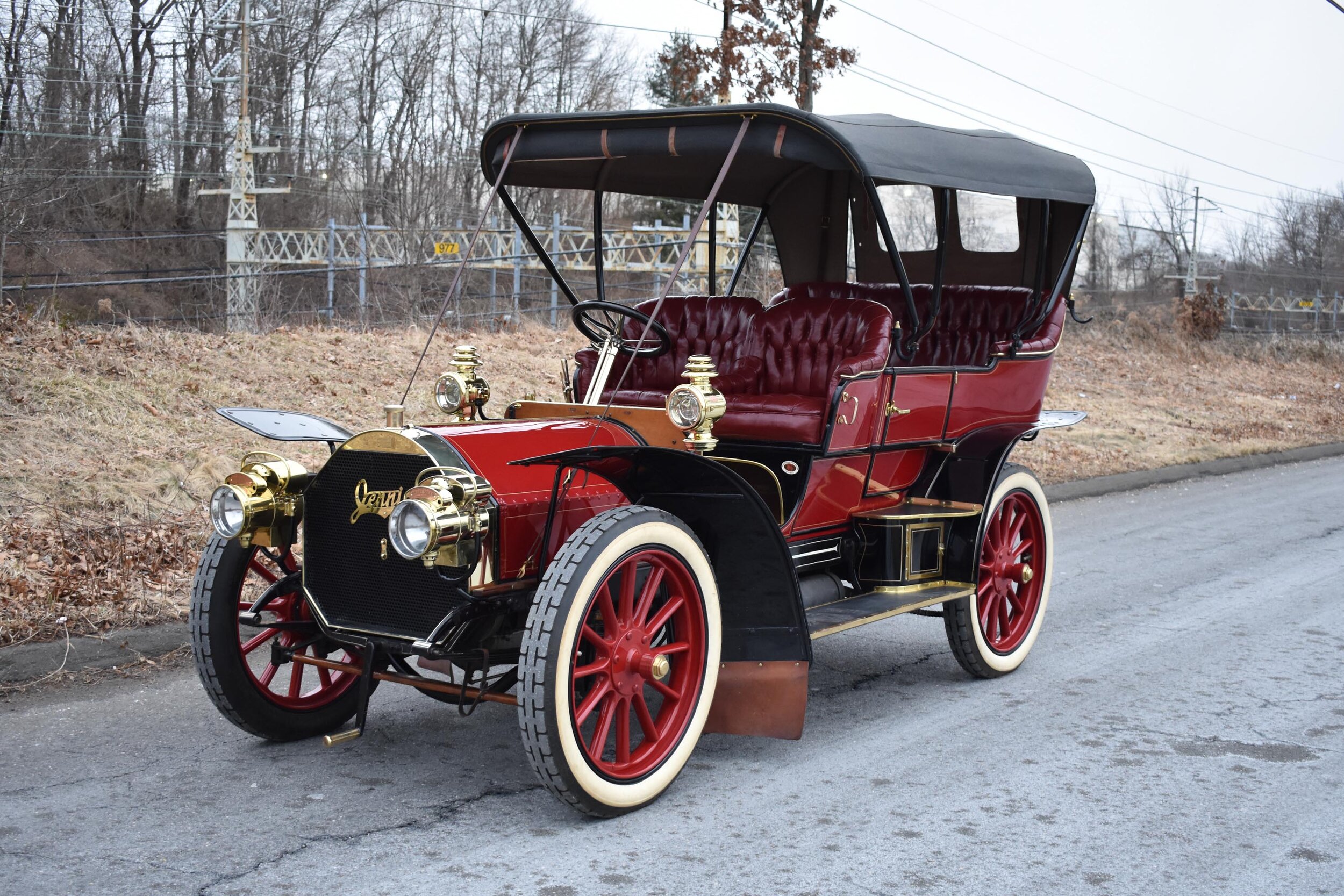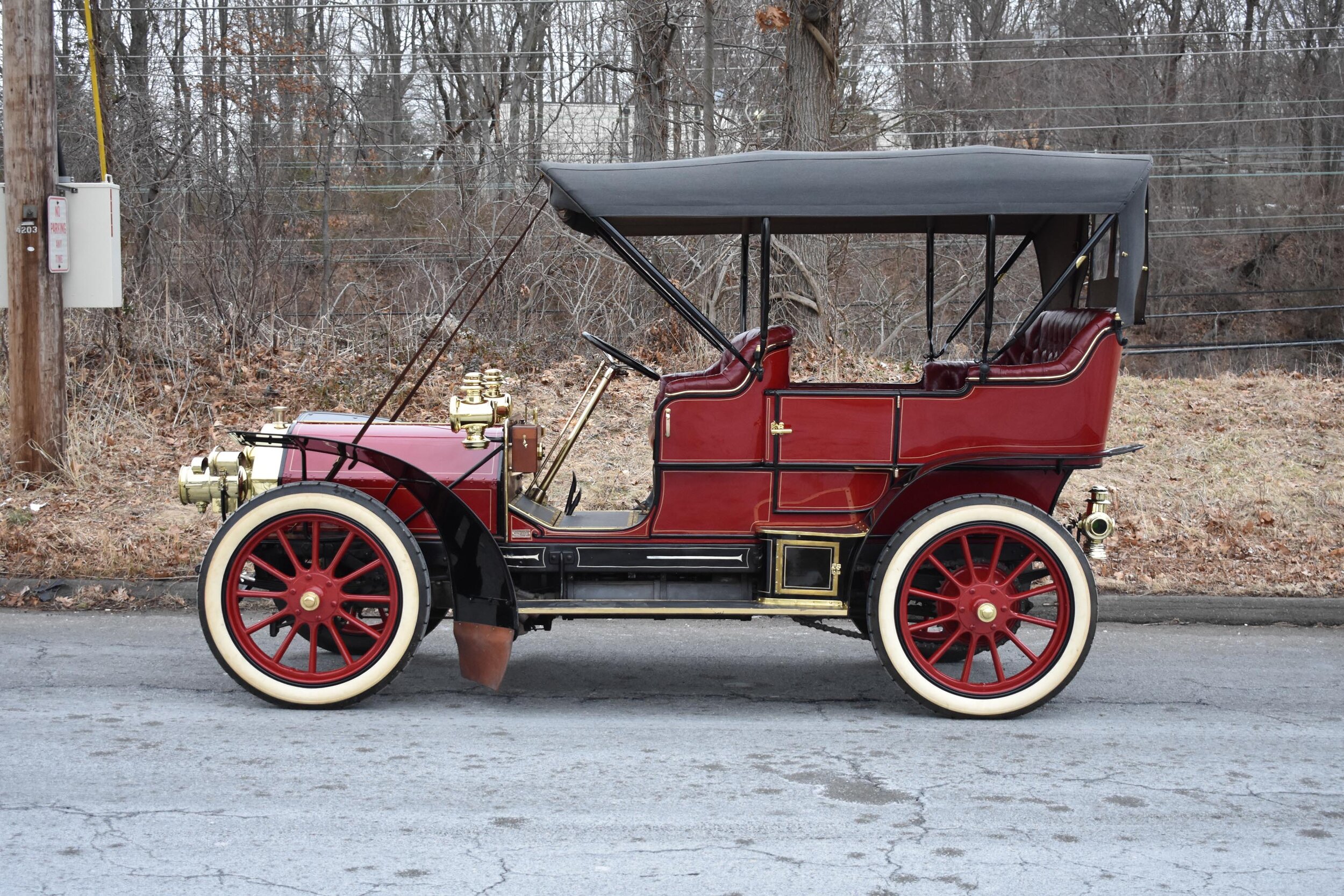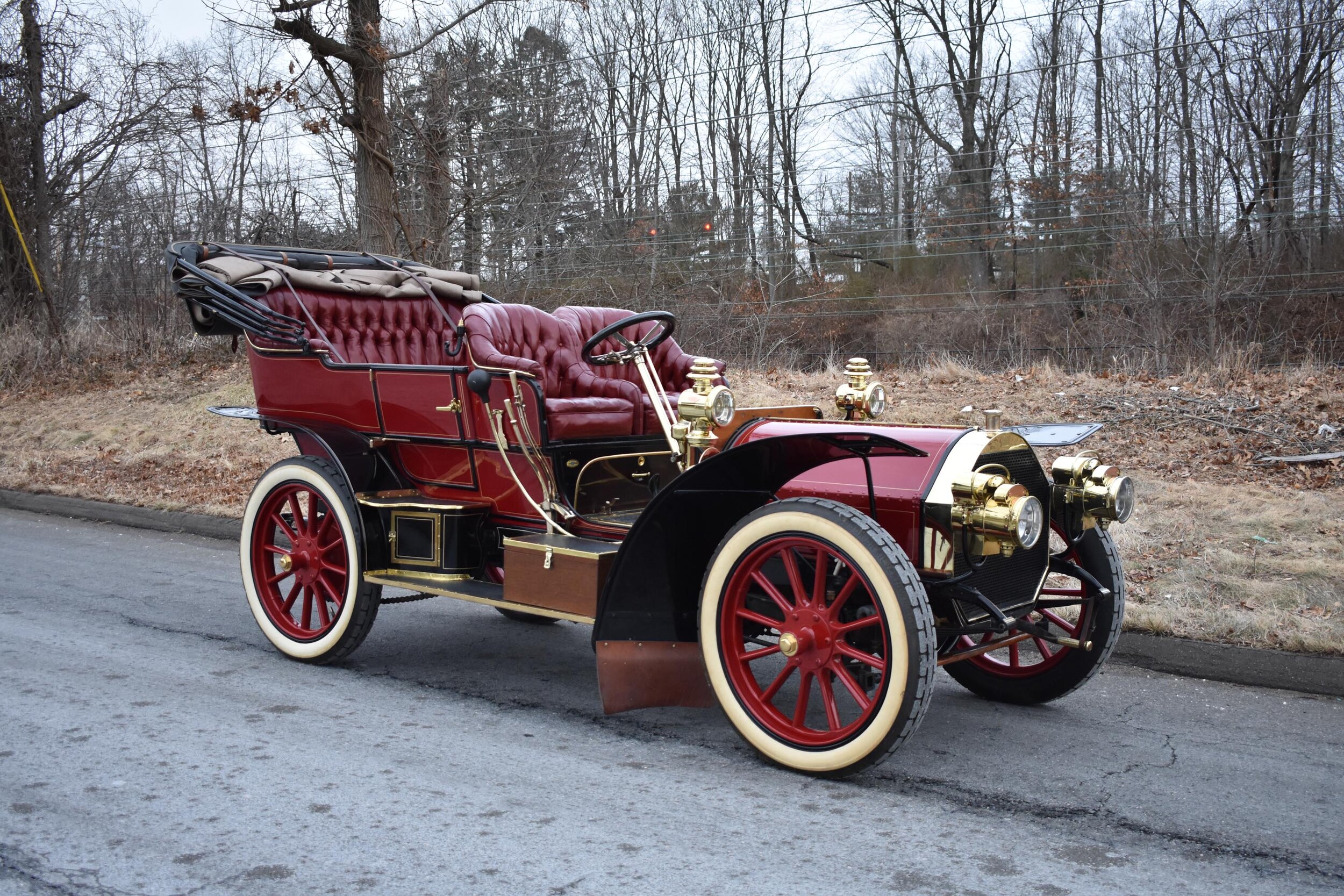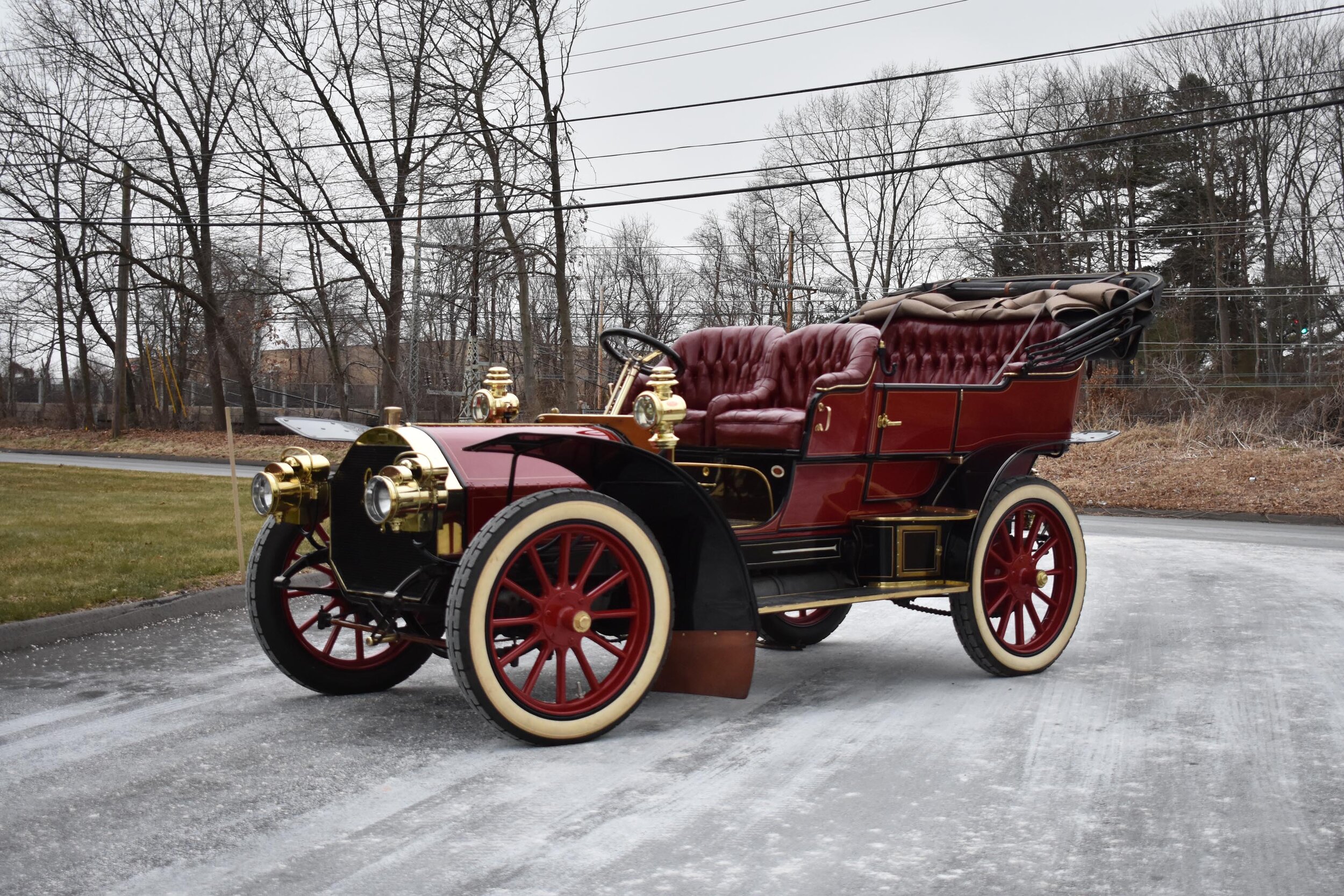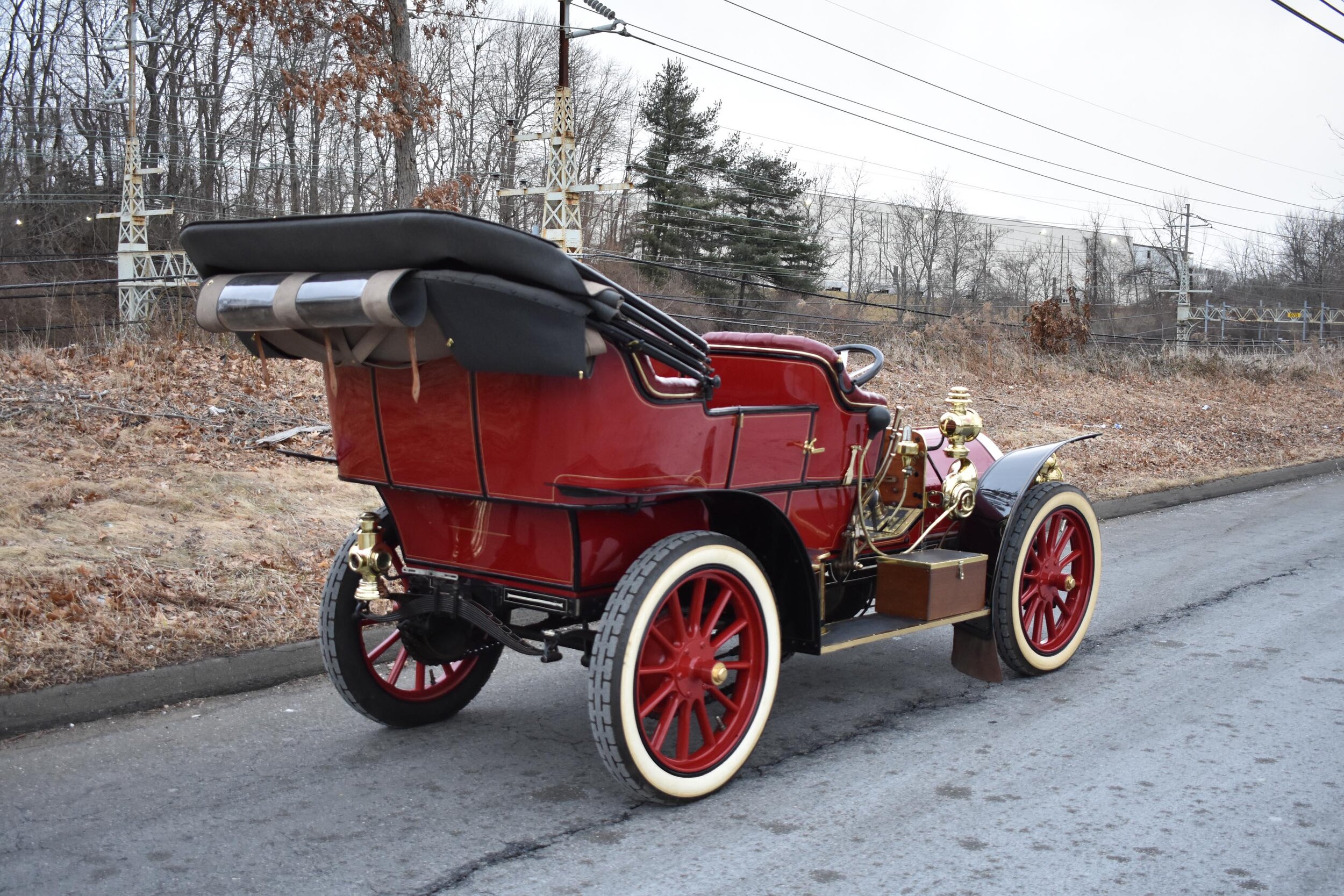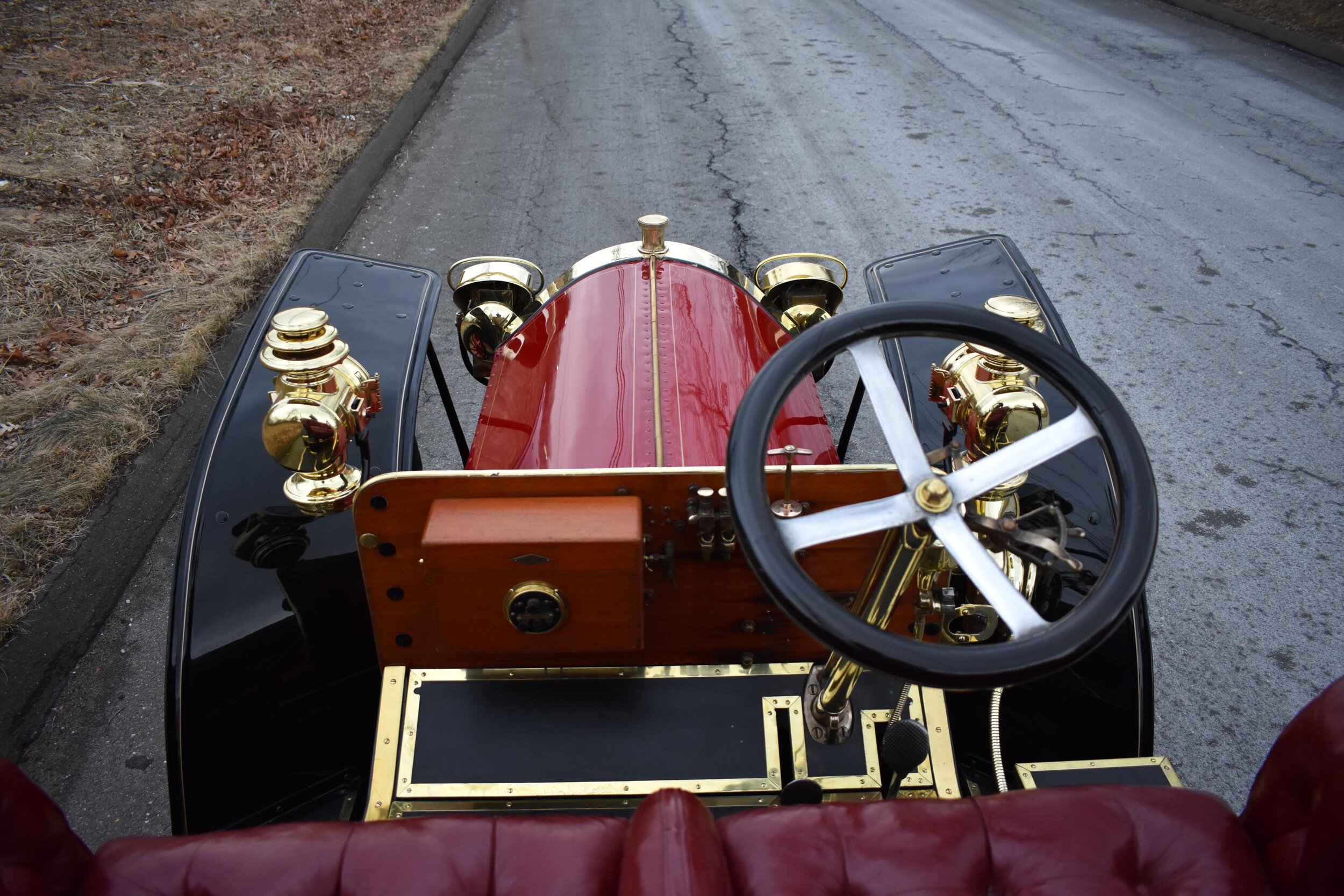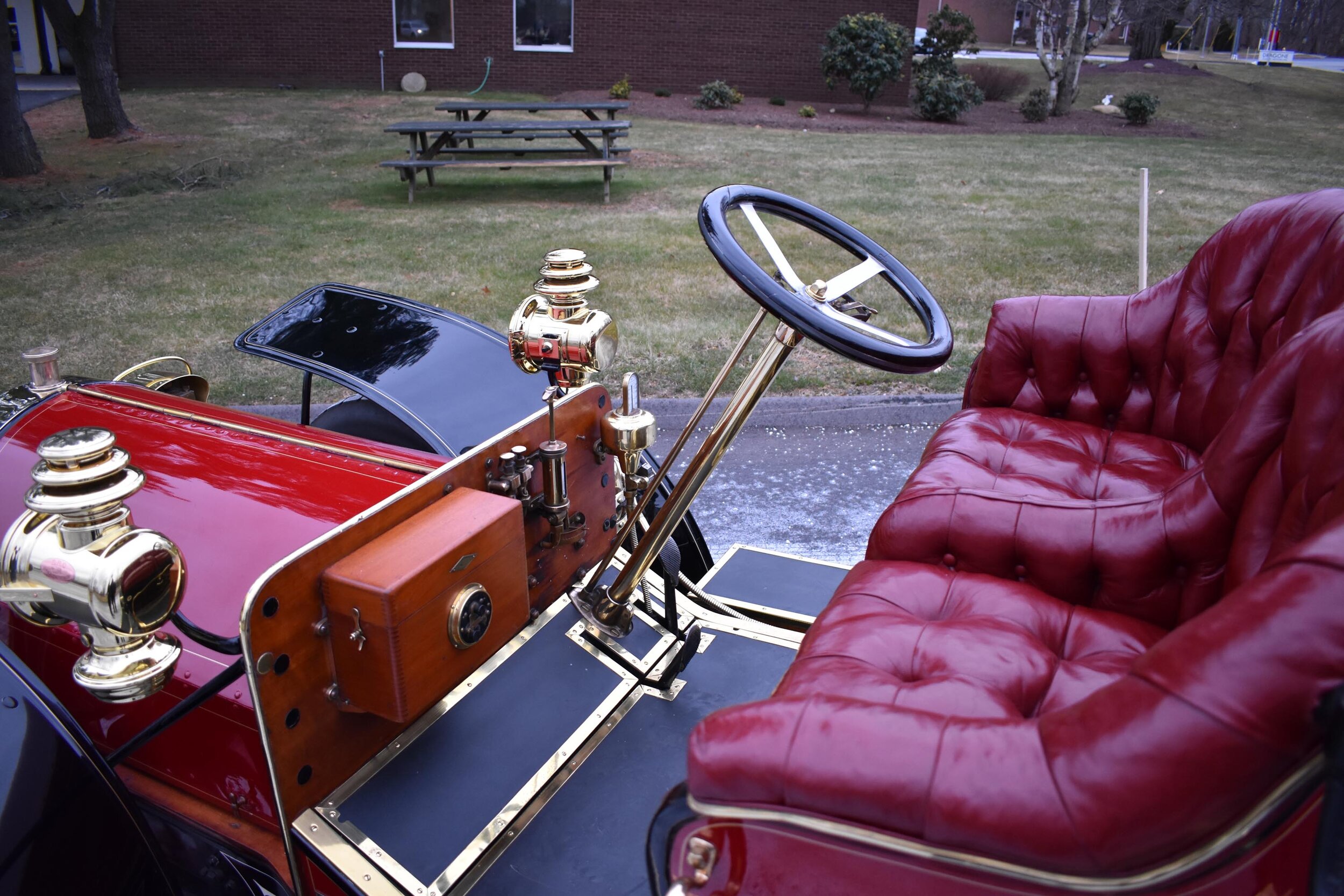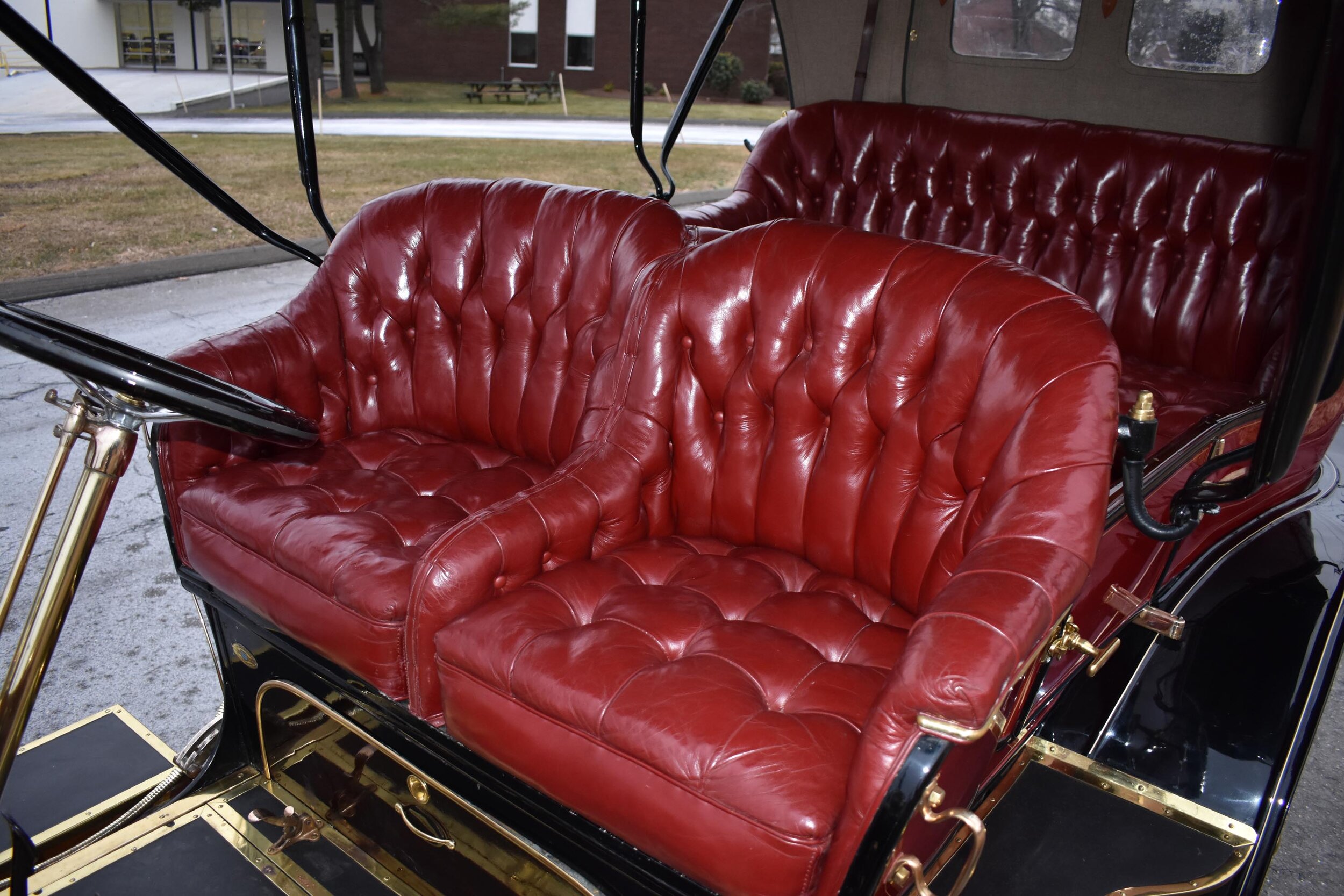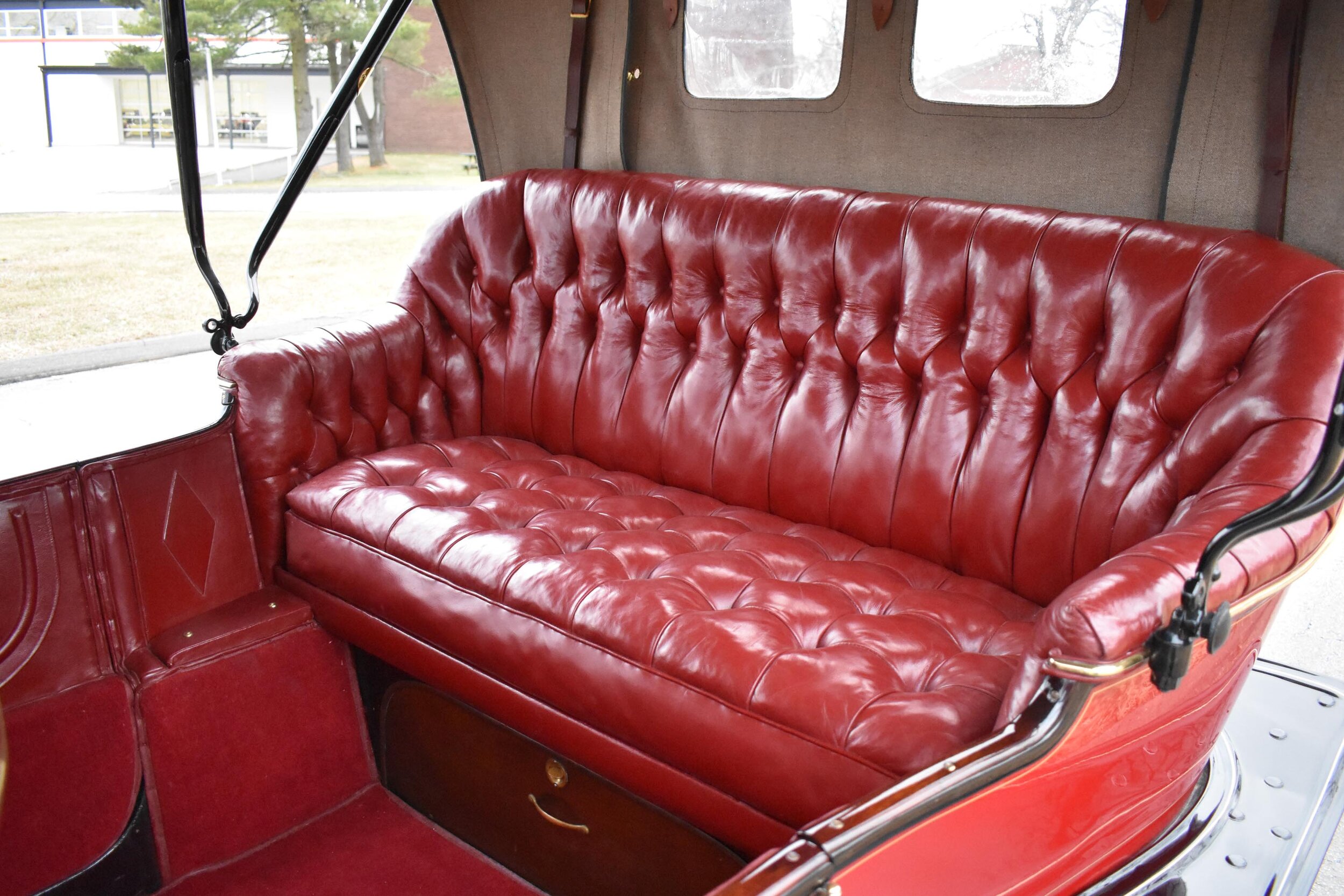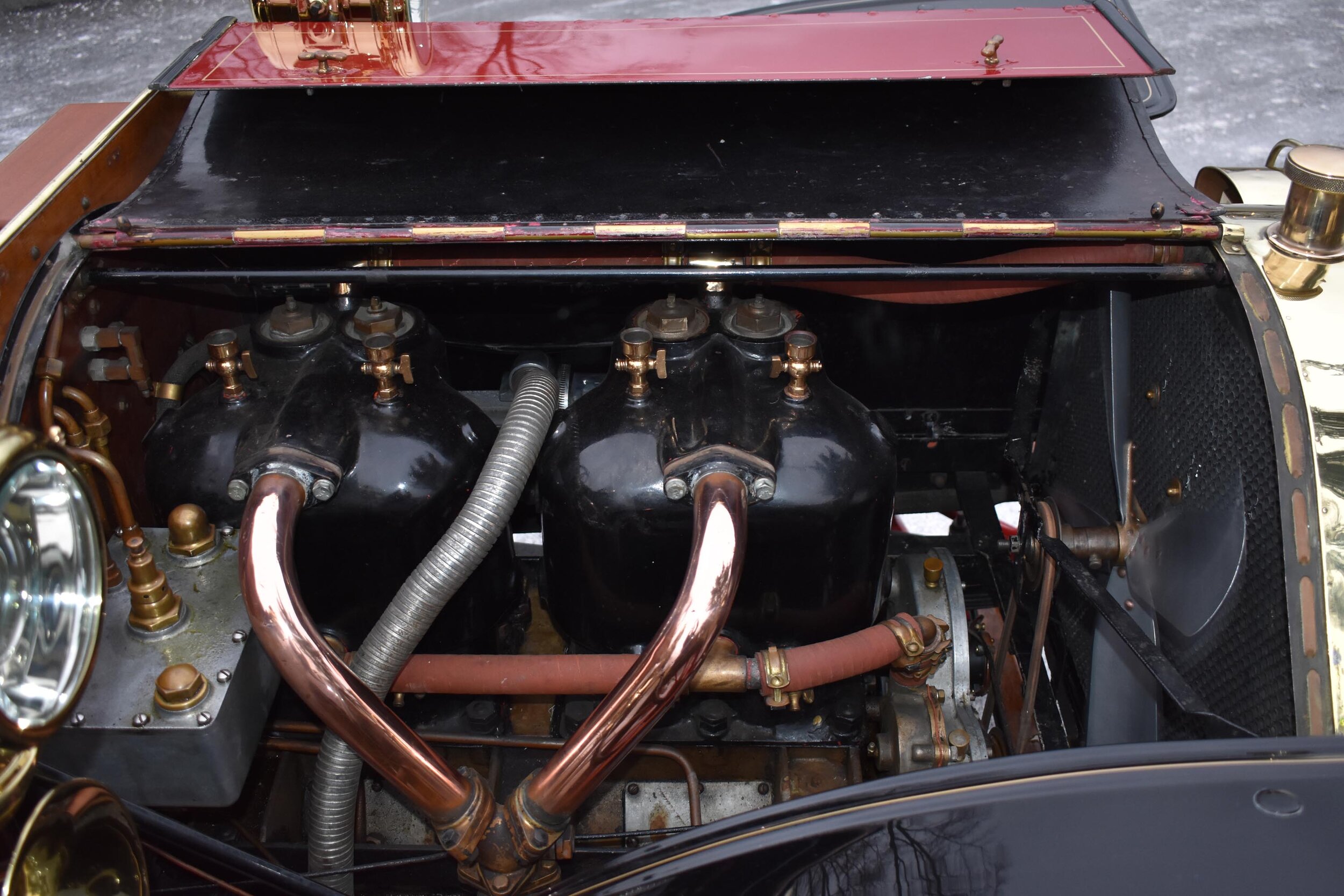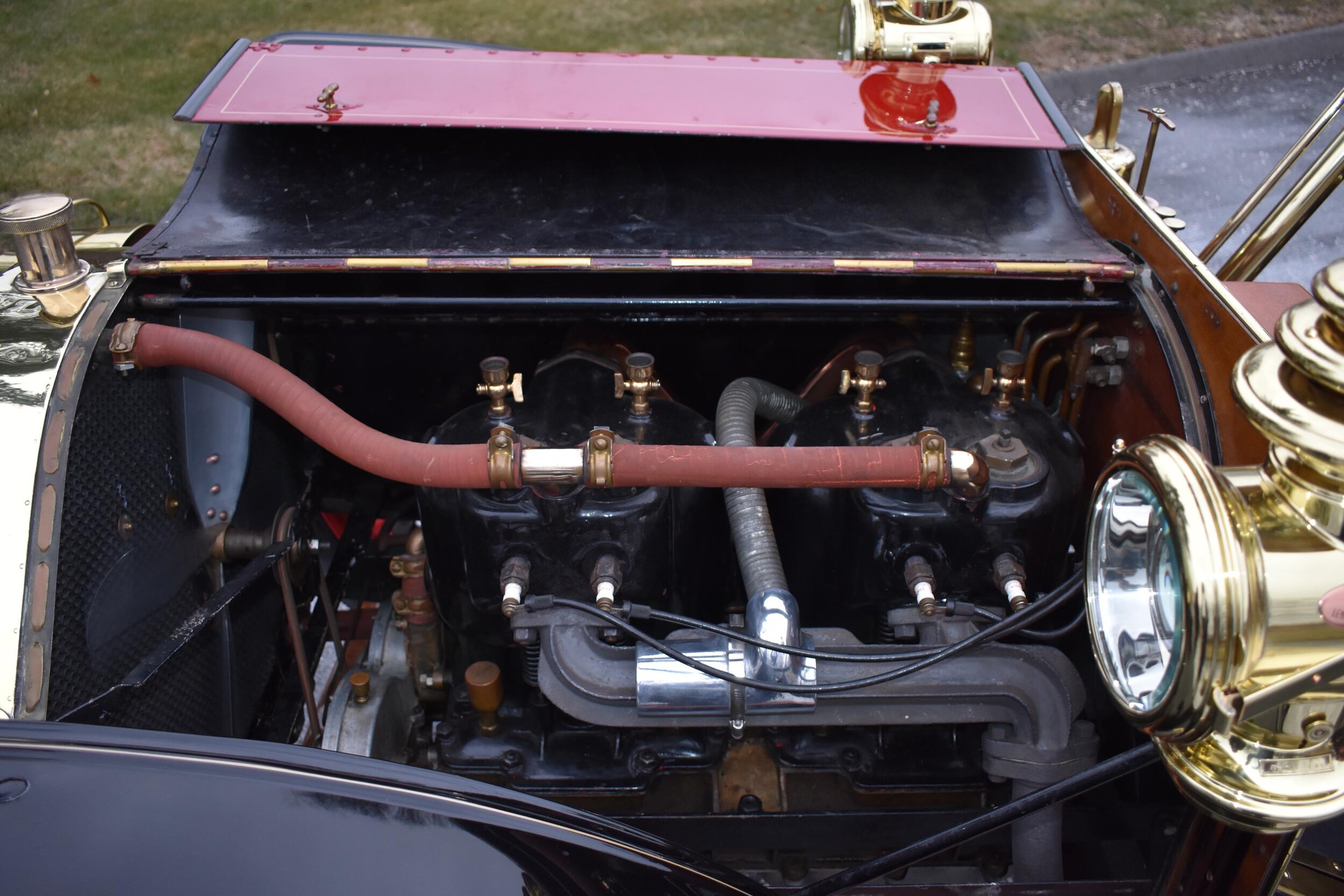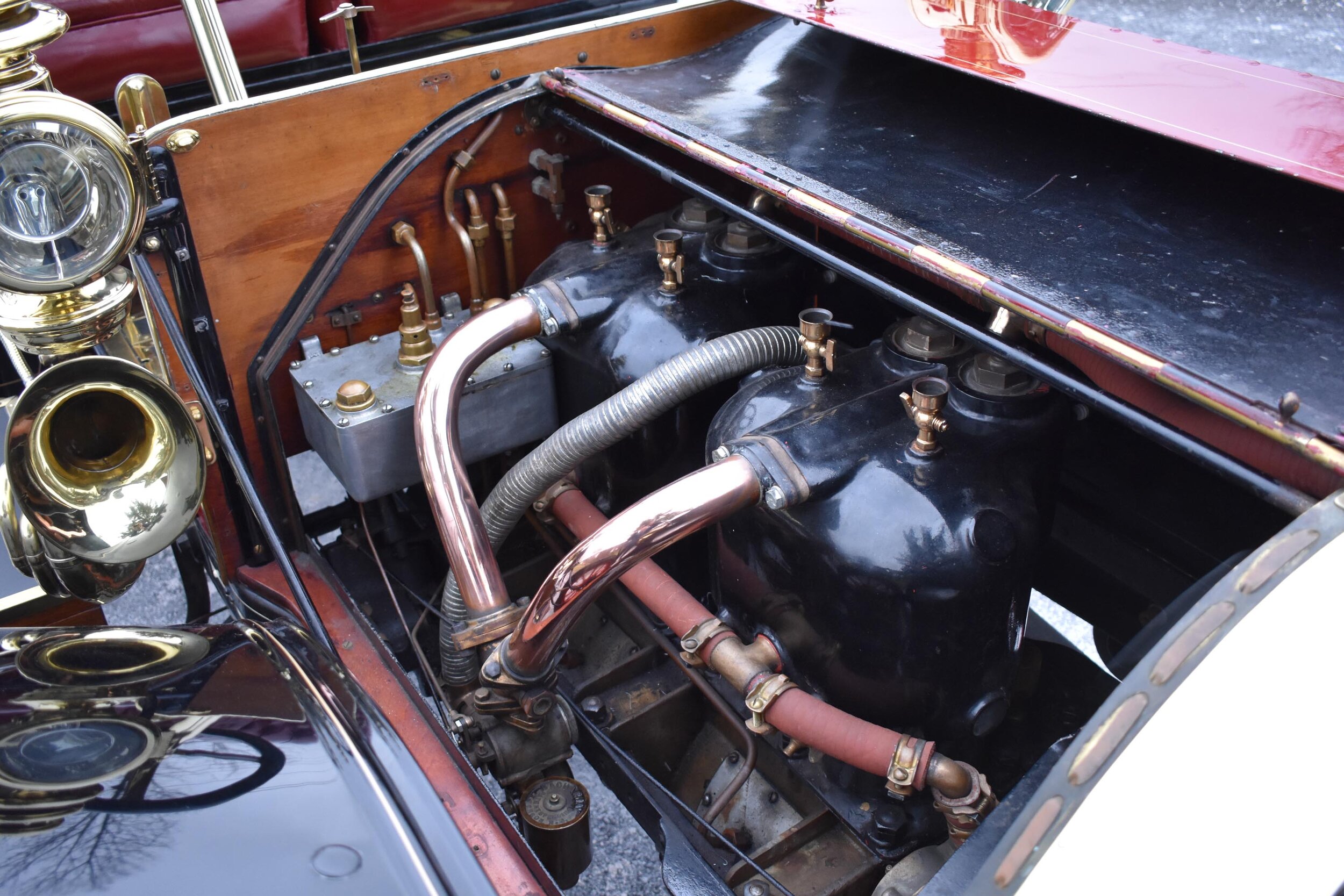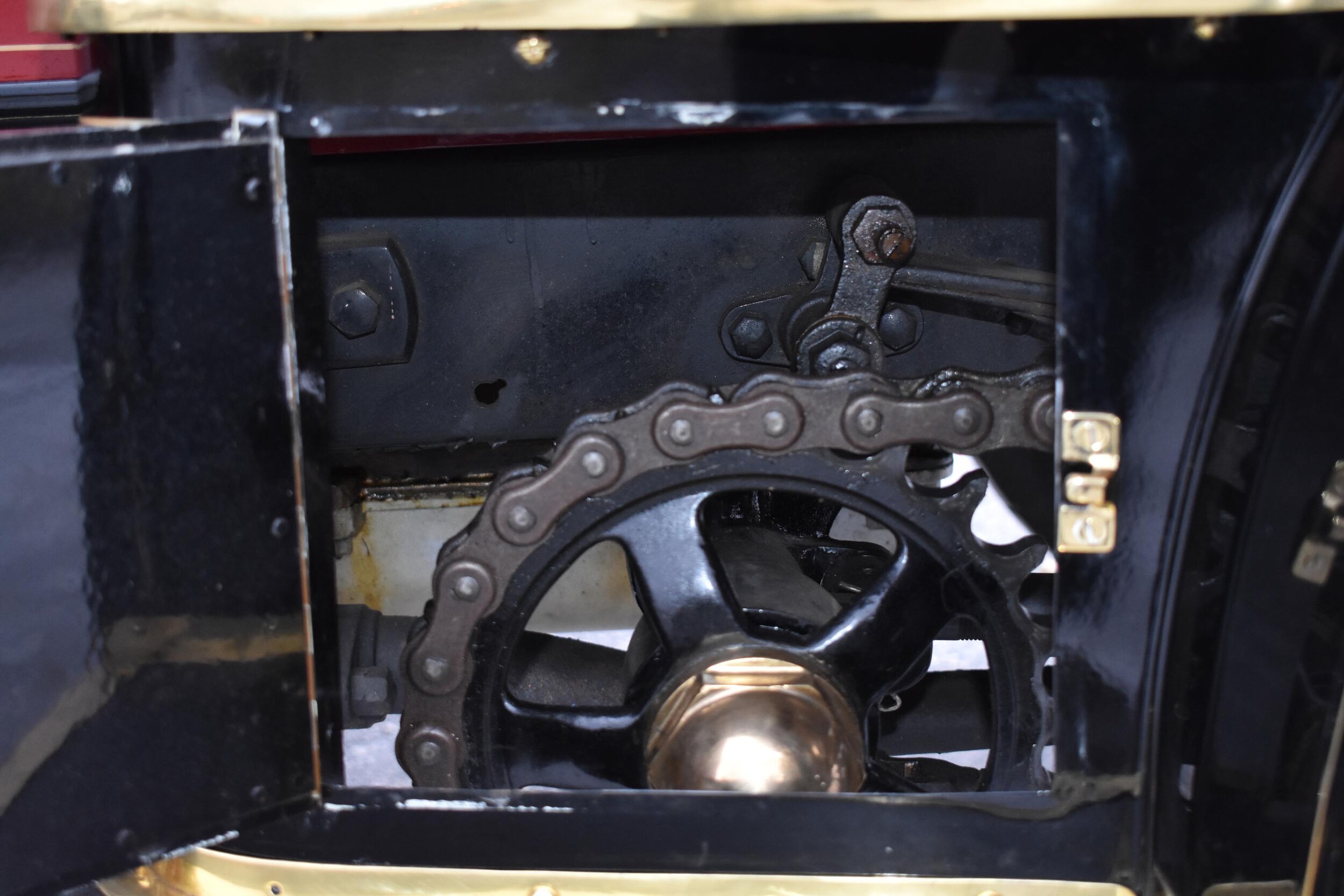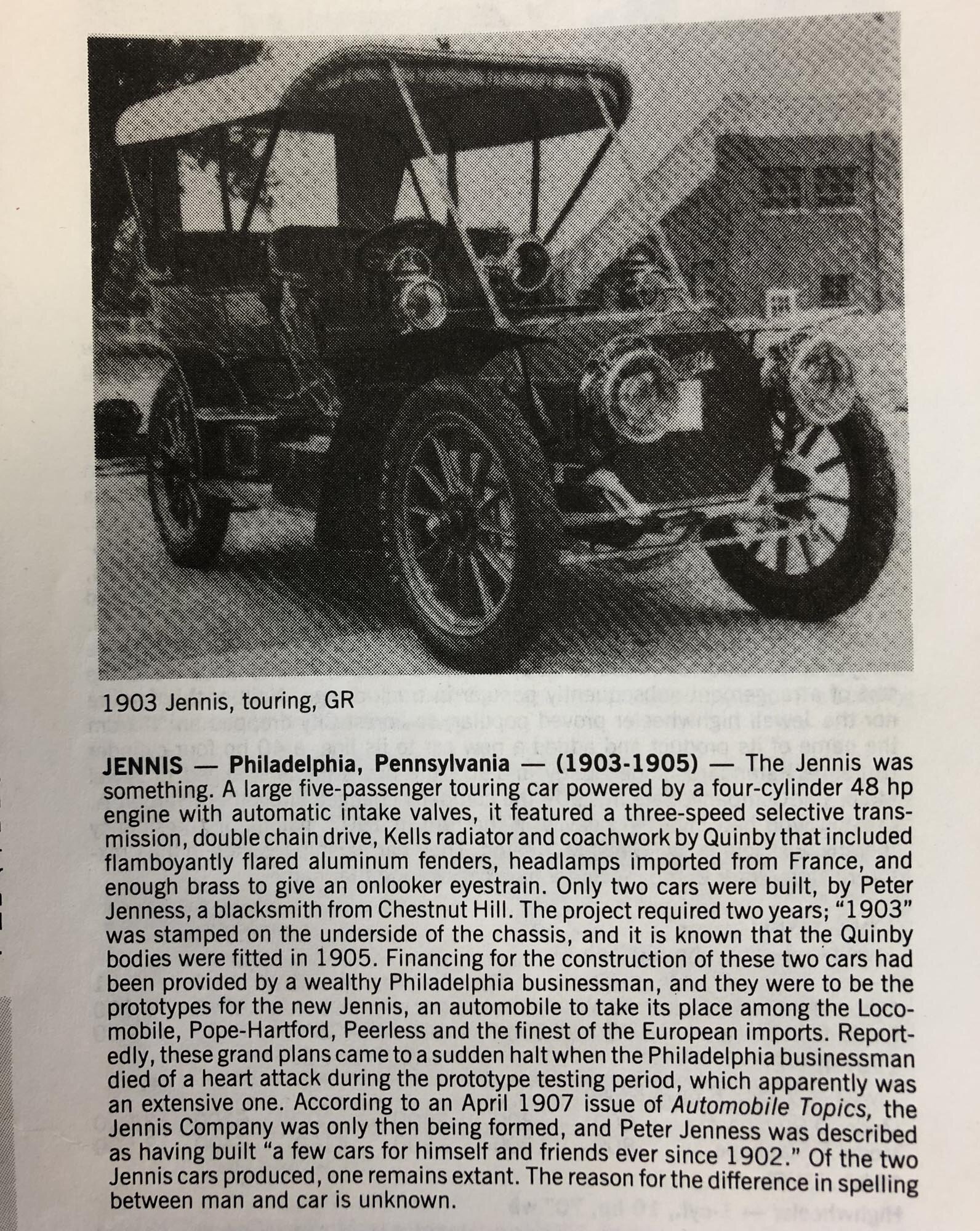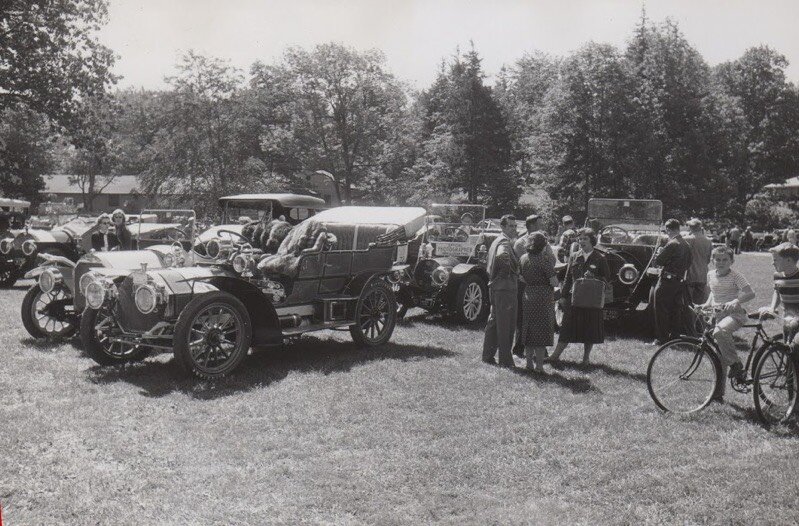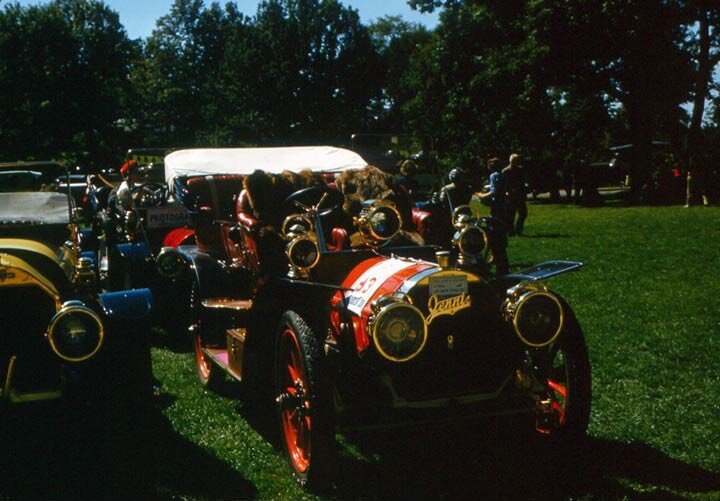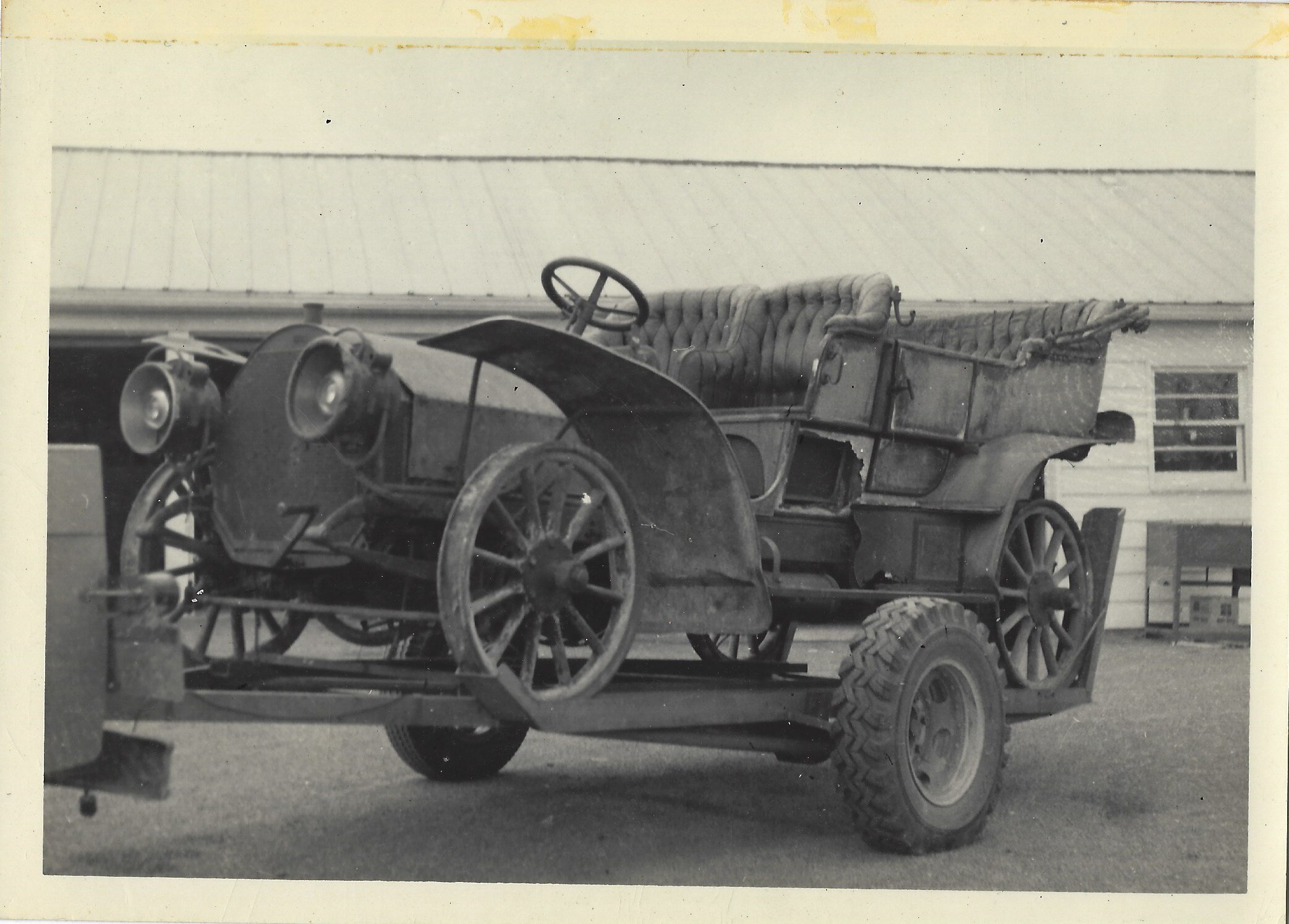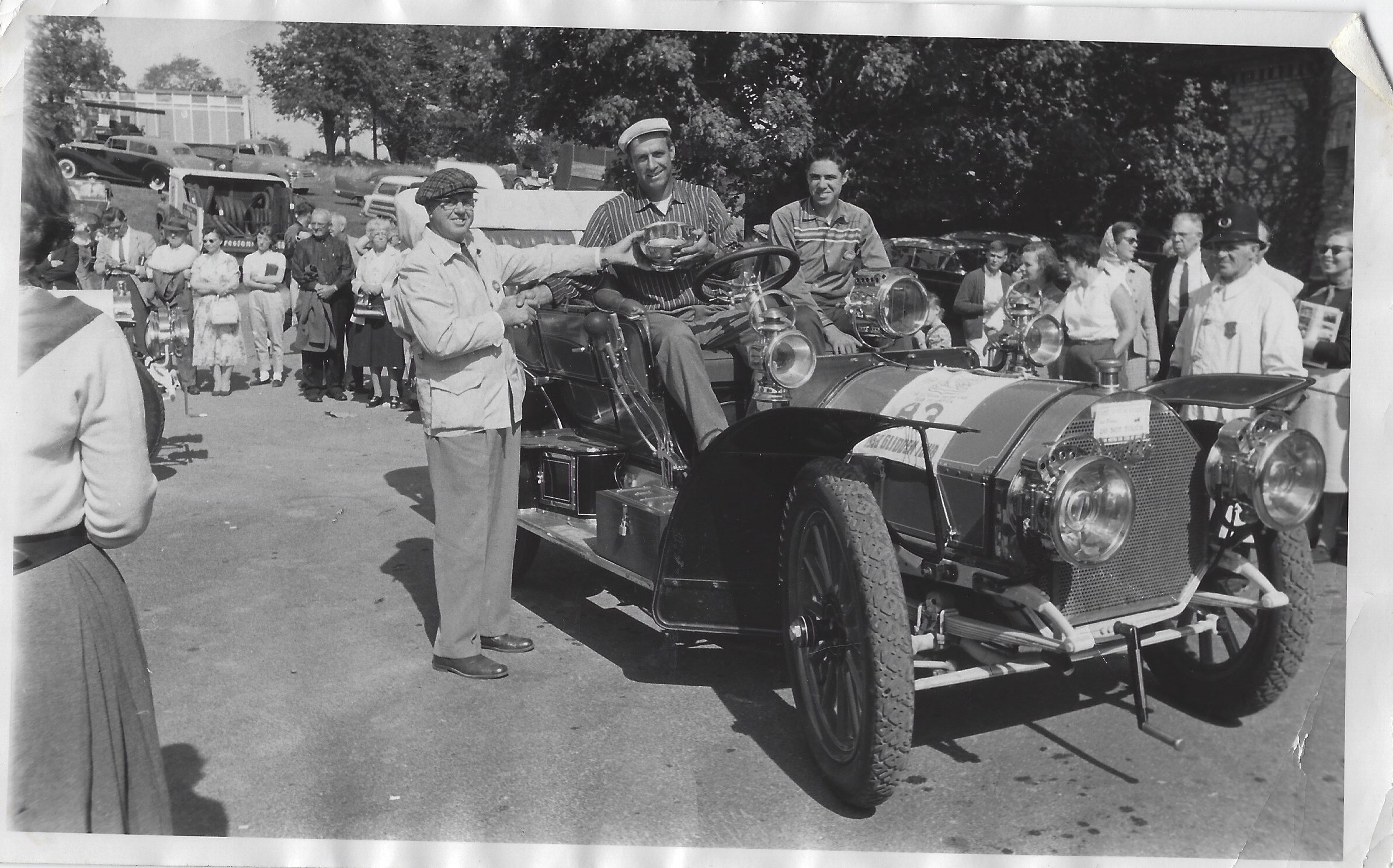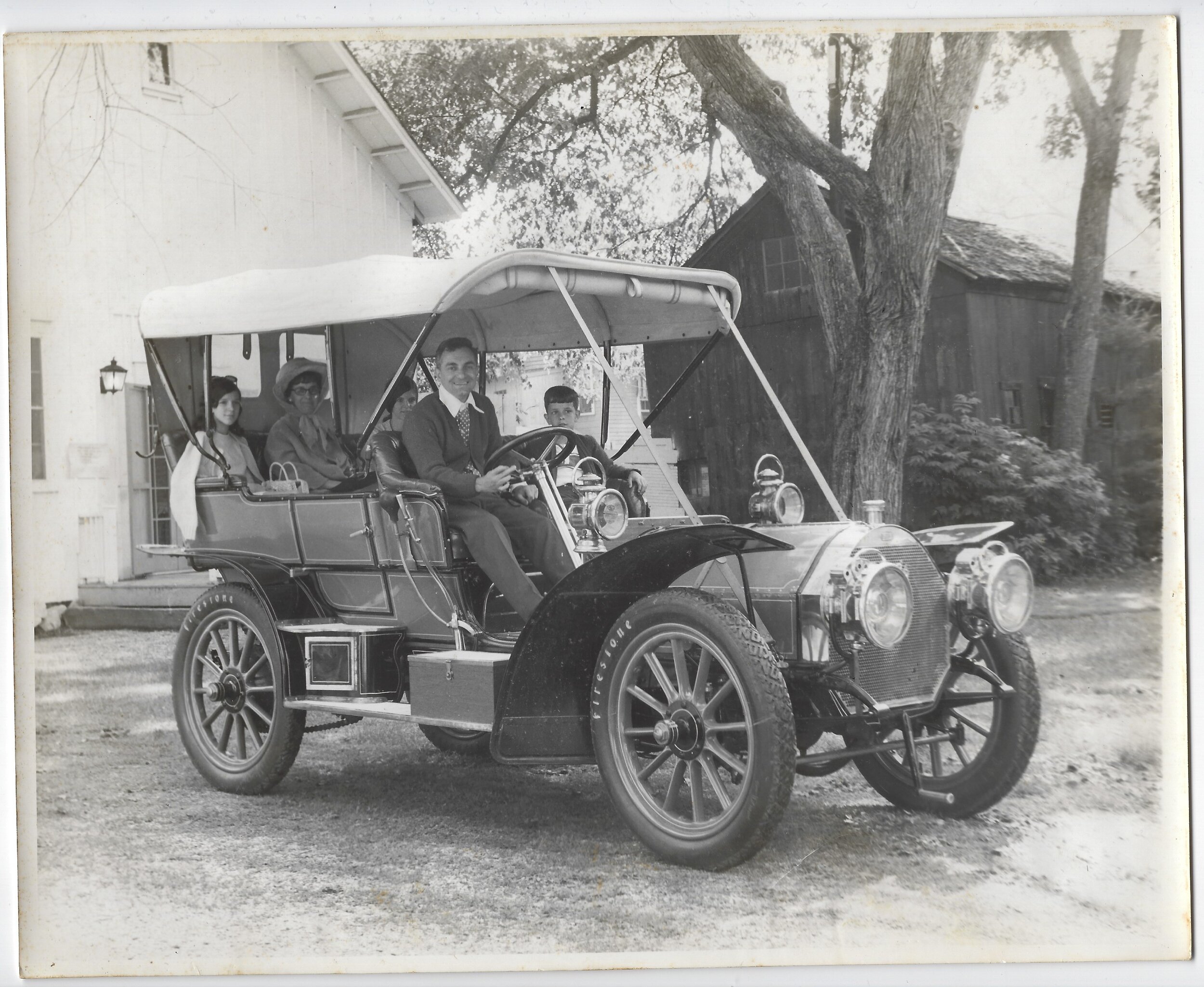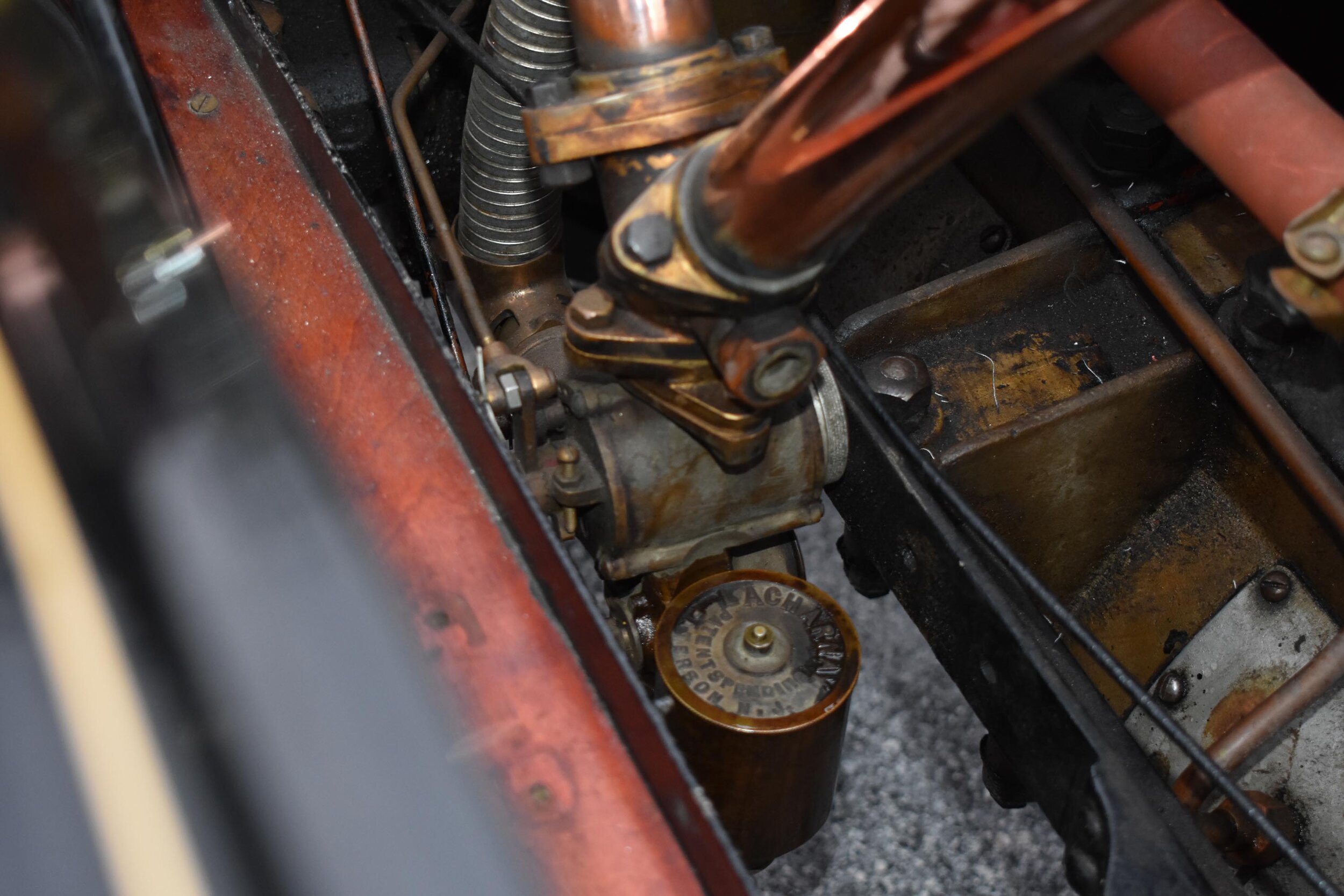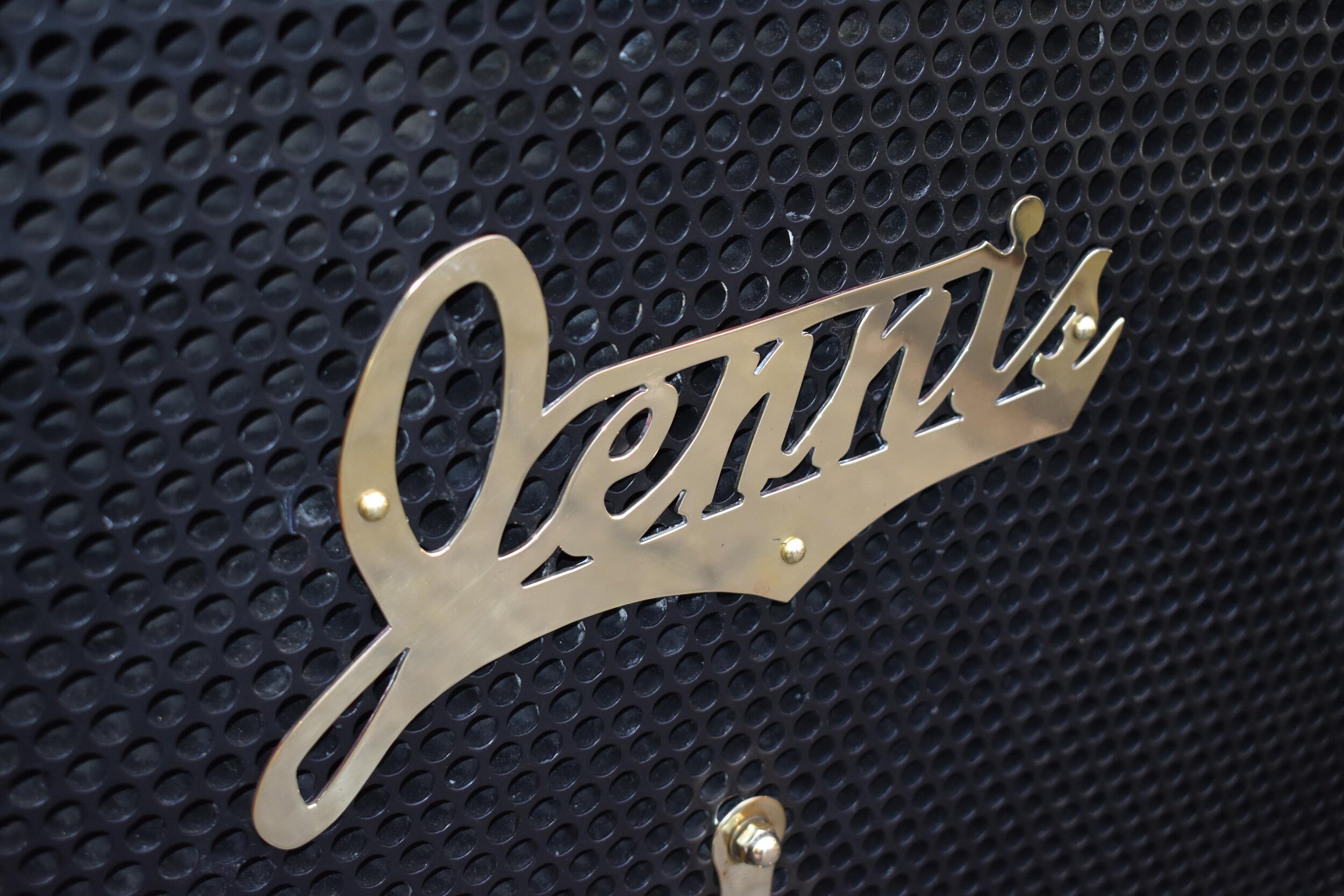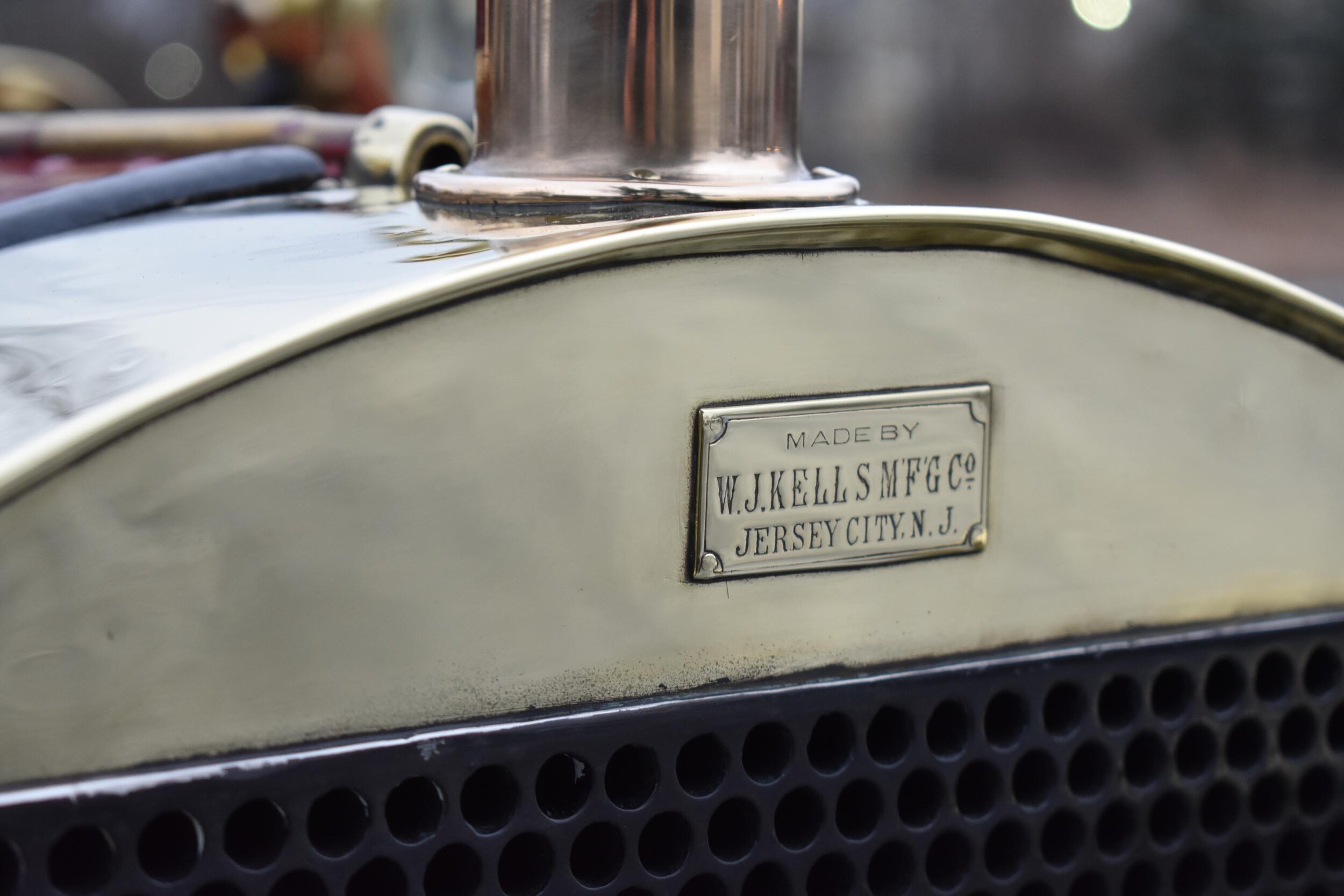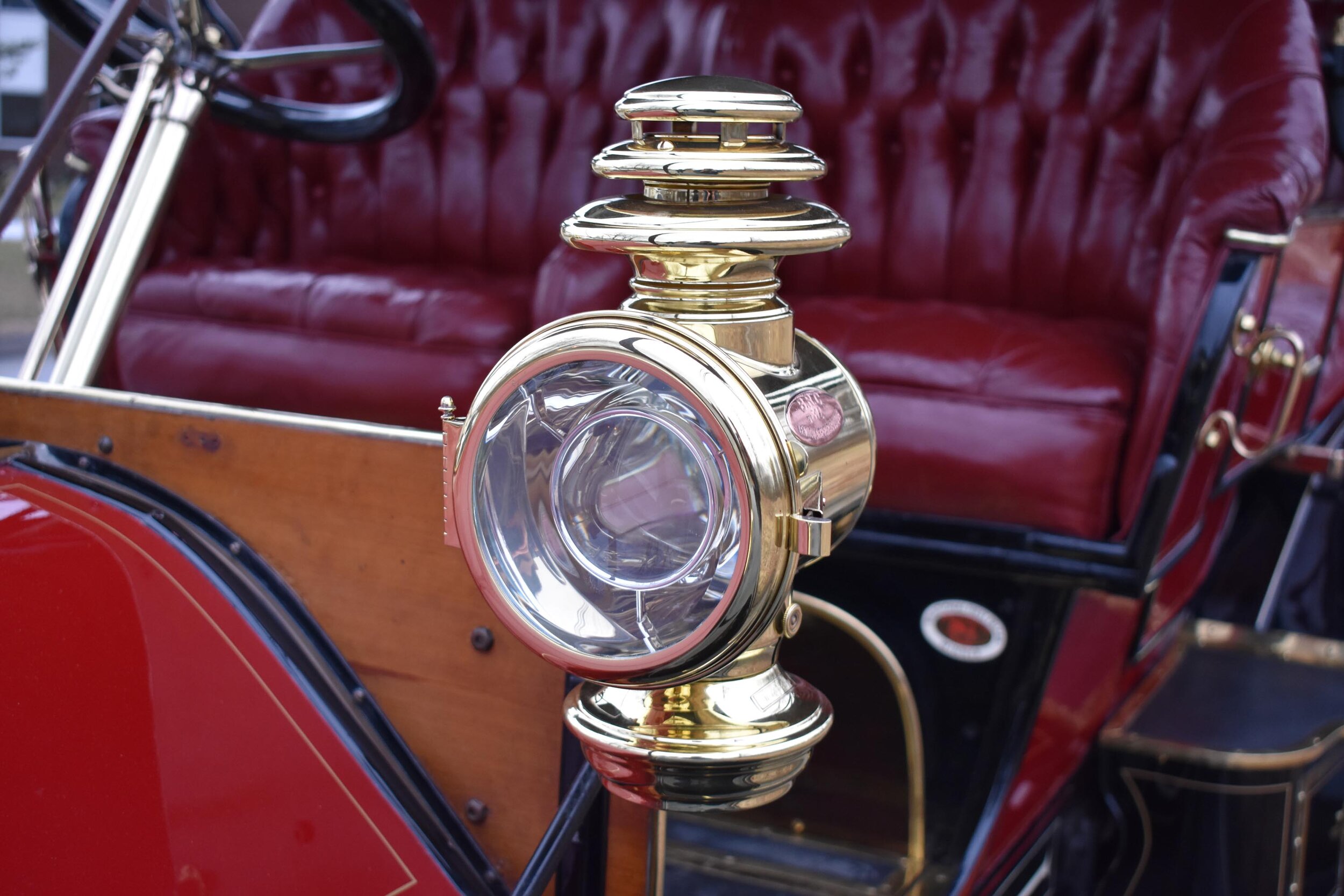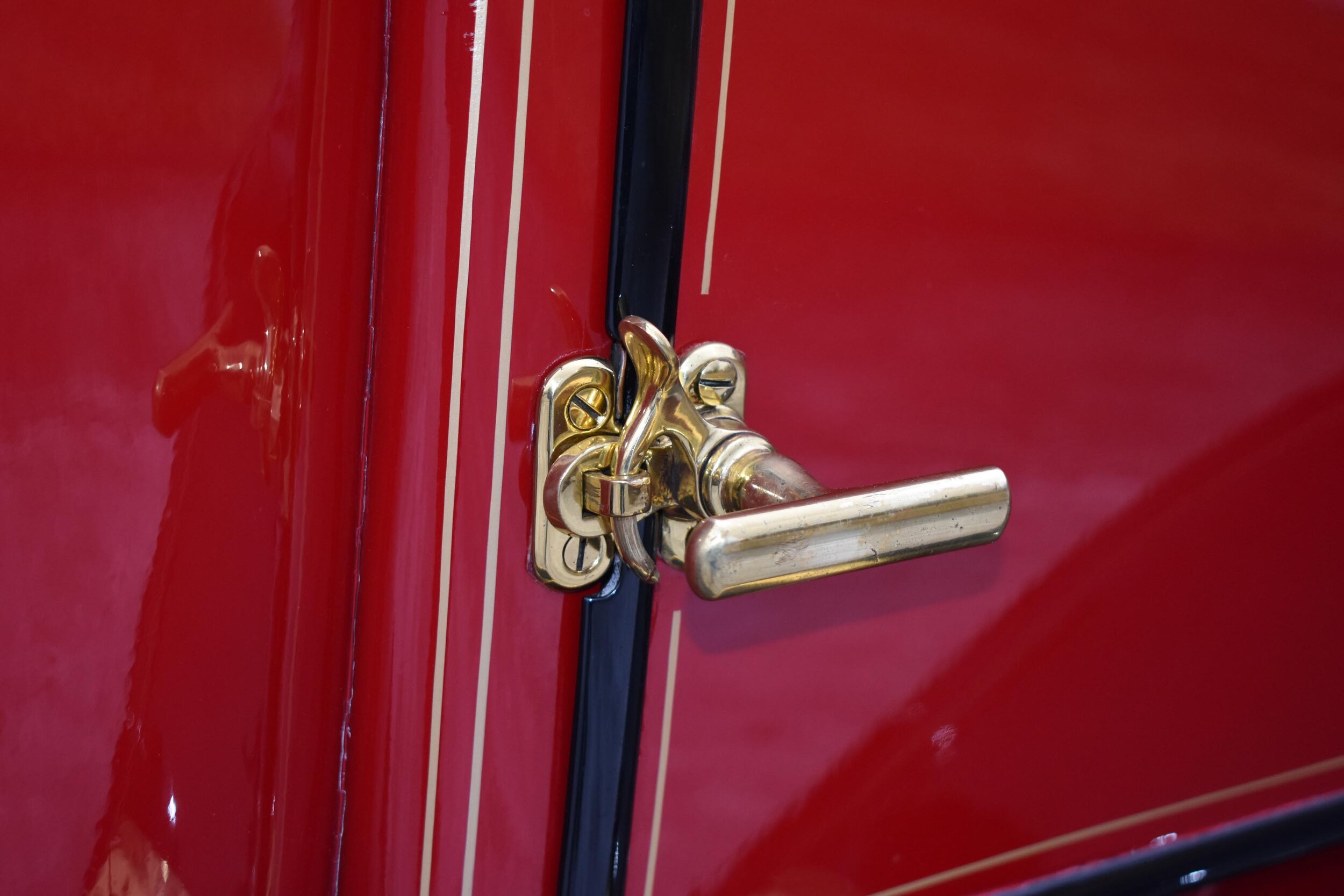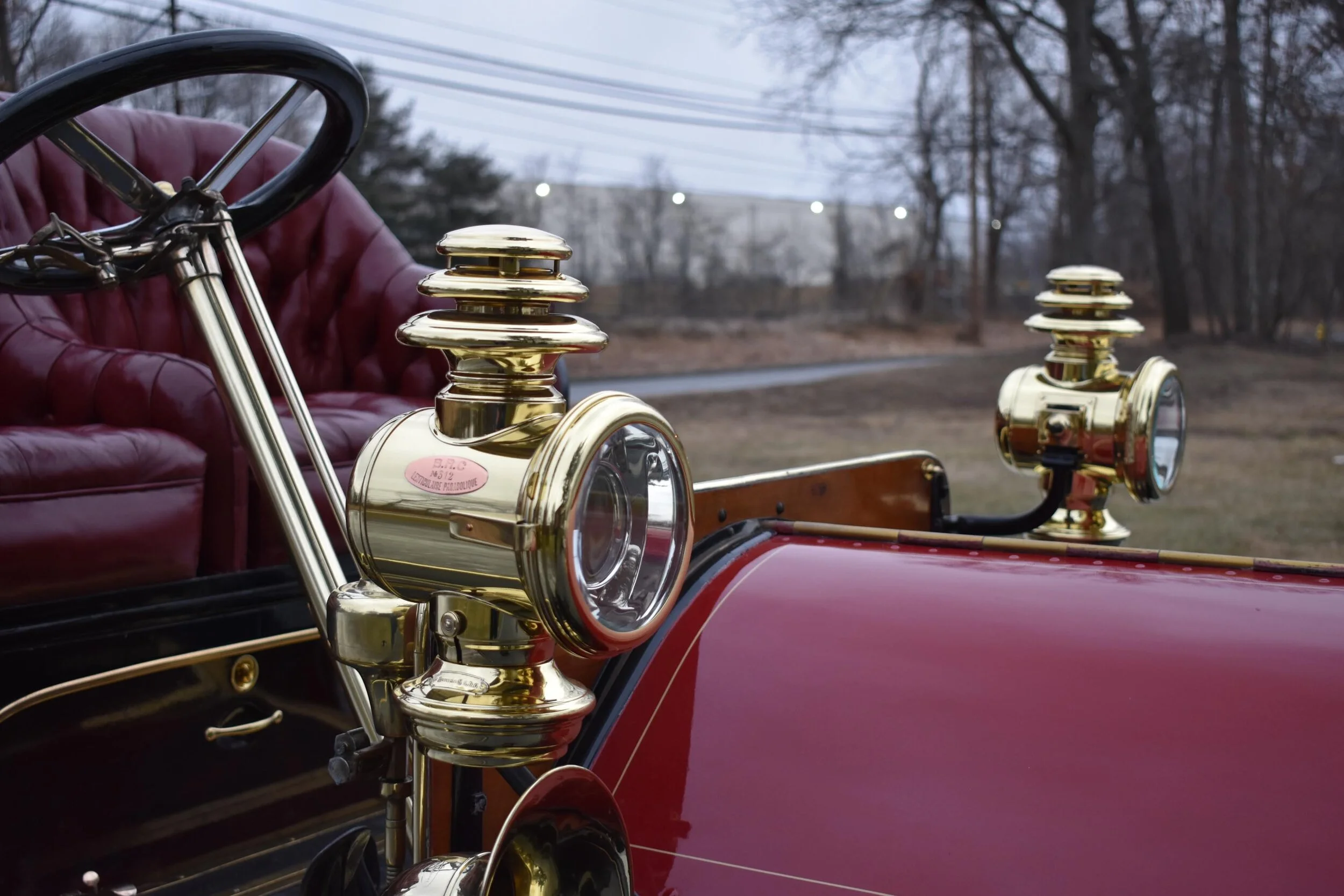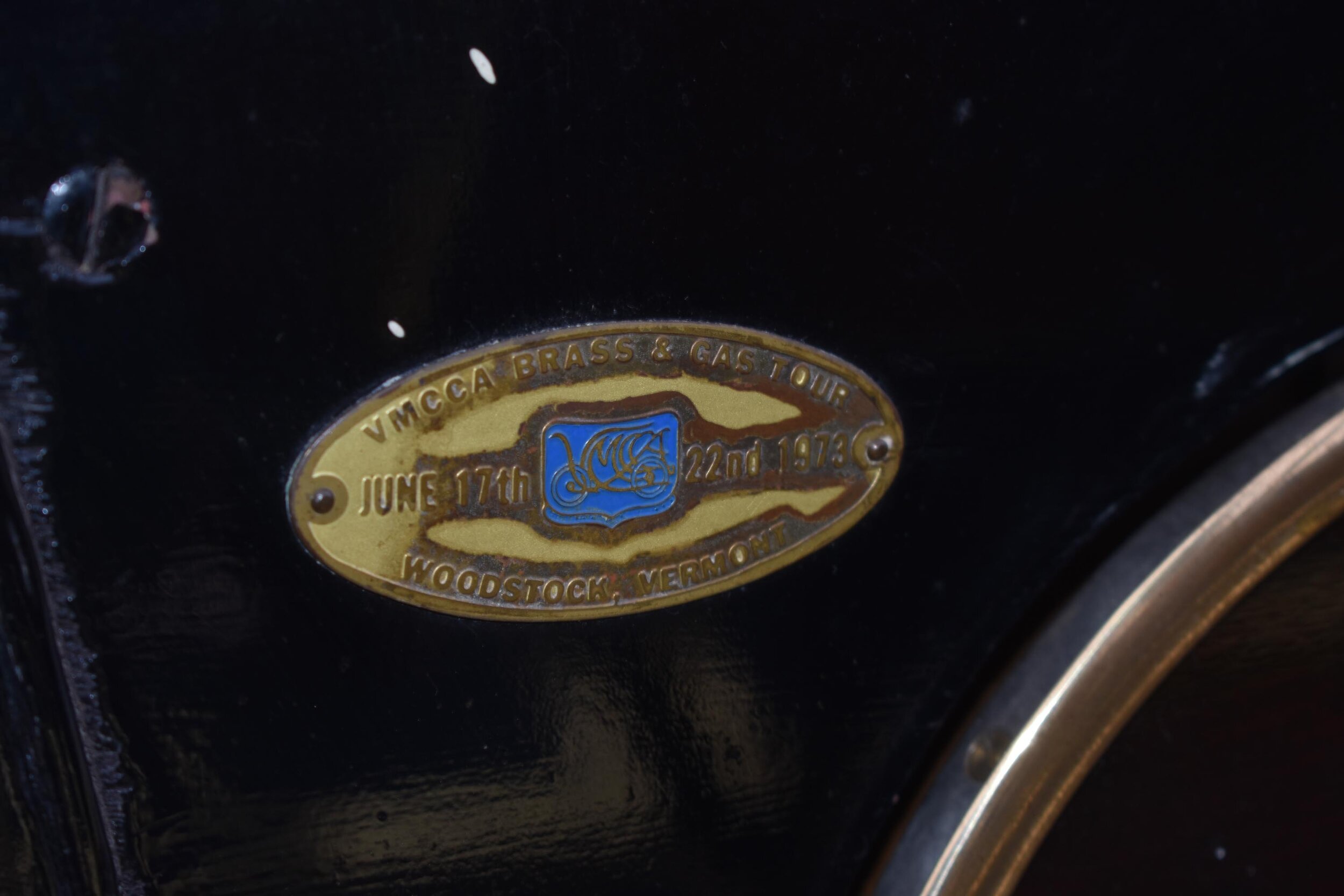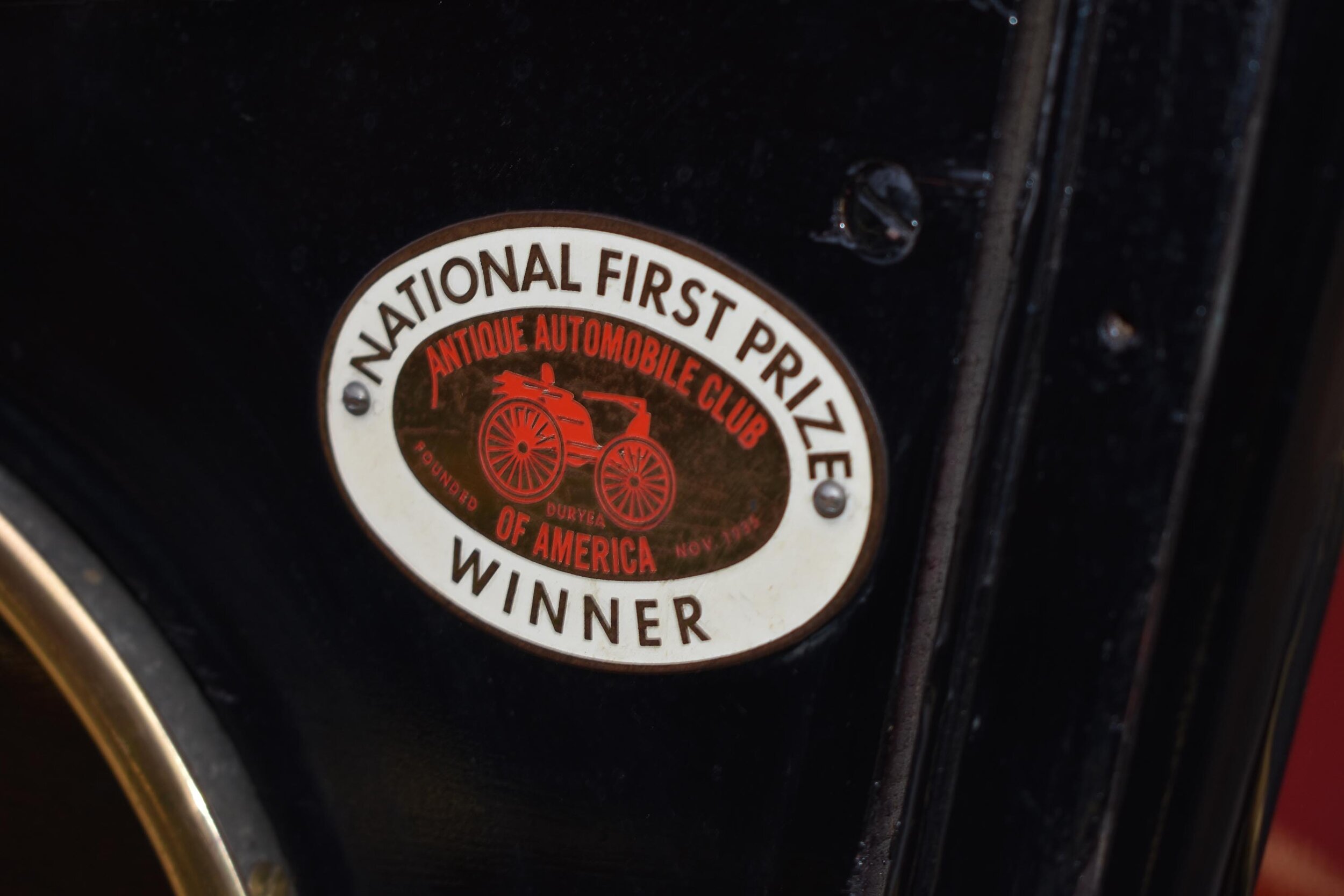The Mighty 1903 Jennis: The 50 Horsepower, Double Chain Drive European car of Pennsylvania?
During the early days of motoring the automobile was the latest in modern technology and was a path pursued by many entrepreneurs in hopes of becoming a successful auto manufacturer. Many early automobile companies hardly ever got off the ground or only lasted for a short time; mostly because of a poor design or lack of funds to move forward to compete against so many other companies that were coming about. Especially in the pre-1904 time period when the automobile was extremely new most of the cars being designed and built, at least in the United States, were small 1 or 2 cylinder cars with 10, 15 or 20 horsepower and were not of the best quality with a few exceptions of course coming from companies such as Locomobile, Packard, and Pierce for obvious examples.
In Europe, however, cars were far more advanced during this time period both in quality and in design. Mercedes, Fiat, Panhard, Durracq, Renault, and Napier, for example, were already designing and building large horsepower 4 cylinder double chain drive cars with three and four speed sliding gear transmissions which were far superior to any American built car at that point in time. In a few cases wealthy American investors and entrepreneurs took notice to the great European machines and decided to either become American distributors for those European cars or in some cases rebadge or purchase chassis and rename these fantastically designed European cars. Well known examples being the American Fiat, American Mercedes, American Mors, American Napier, SGV (Lancia rebadged), and more that were done on a smaller scale which brings us to the incredible 1903 Jennis.
5 X 5 inch bore and stroke, 50 horsepower 4 cylinder, double chain drive, three speed progressive sliding gear transmission, cast bronze crankcase and transmission, and automatic intake valves, the mighty “Jennis”, as it has been well known, roars as it flies down the road. With fantastic provenance, original coachwork by Quinby, and powerful 4 cylinder engine this car is breathtakingly beautiful both in appearance and historical significance.
The story of the “Jennis” as it has been told begins in 1903 with a business man by the name of Peter Jenness of Chestnut Hill, Pennsylvania, backed by a wealthy financier, is said to have designed and built two Jennis car chassis for himself and intentions of building more for his friends. After the second chassis was completed, Jenness’s factory had a fire and burnt to the ground only being able to save one chassis. Taking a big blow financially, Jenness was able to get back on track and had the coachwork fitted to the chassis with a beautiful 5 passenger touring body by Quinby in 1905. Unfortunately, Jenness’s financial backer suffered from an unexpected heart attack and died so the “Jennis” dream died with him as Mr. Jenness could no longer financially support building more cars.
Fast forwarding to the late 1940’s, the car managed to survive and was discovered tucked away in Pennsylvania by the well known collector Sterling Walsh of Greenmount, Maryland. Sterling kept the car, in unrestored original condition, until 1957 when he sold the car to another collector Carl Amsley of Pennsylvania. At this point in time the Jennis was very much a mystery. The reason for the difference between man and car name is unknown according to Henry Austin Clark Jr. in his American car encyclopedia. Our guess is that Carl Amsley misspelled the name and never bothered to correct the misinformation. Sterling Walsh was a very smart collector and historian and had some idea of what this car might be. Apparently when Amsley purchased it from Walsh the name of “P. Jenness” was found on the frame with the year 1903. Following his purchase of the car he completely restored it in time for the 1958 Glidden Tour where it completed the entire tour. Also in 1958 Amsley showed it at the AACA fall meet in Hershey, Pennsylvania where it won first in its class. In 1967 the car was sold to another well known east coast collector Louis Biondi of Connecticut and was subsequently driven on the 1968 Glidden Tour and it has remained in his collection until our recent acquisition from his estate.
THE STORY CONTINUES
When looking at the “Jennis” and analyzing its chassis and components there is no question that it has European genes running through its system. It is actually extremely reminiscent of an early Napier, which it may very well be with further research. I believe this car was a European chassis purchased by Peter Jenness in 1903. The castings and design of the axles are very high quality and very early. The engine design with the automatic intake valves and 5 x 5 inch bore and stroke and cast bronze crankcase is also very high quality and very early. The same goes for the sub frame chassis, cast bronze 3 speed progressive chain drive gearbox, and beautifully cast manifolds. The car is of the highest quality and design, not something a small time Pennsylvania business man/mechanic was able to create with one financial backer on a small scale. I am not saying that Peter Jenness had nothing to do with this car, but I am sure it is a high quality 1903 European car that has been known as the “Jennis.” It is an absolutely outstanding car of the upmost quality equivalent to a Mercedes from 1903 that has had nothing short of an interesting Journey. The Jennis is a car that is an incredible example of early motoring and deserves to reside in a great collection, be driven on the London to Brighton or even be kept by the Smithsonian and preserved as one of the greatest pre-1904 cars in existence.
